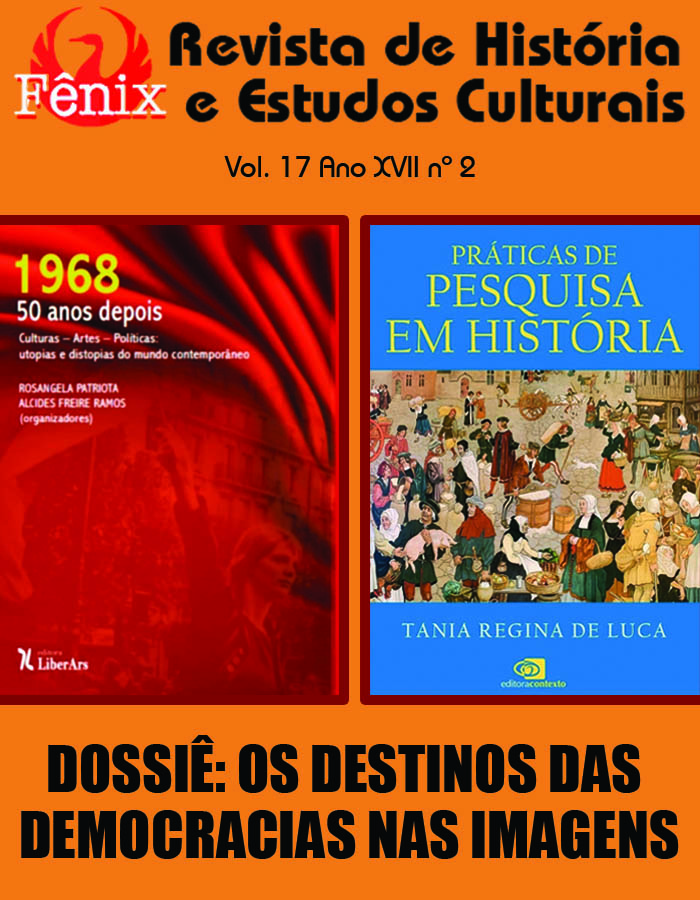On The Act Of (Dis)Engagement In Visual Arts
From War Disasters To Our Times
Keywords:
Art, Engagement, Painting, PhenomenologyAbstract
The following article raises a discussion on a painting as a form of social engagement. Jean-Paul Sartre, Emmanuel Levinas and Maurice Merleau-Ponty provided reasons for a negative - or at least skeptical - response at a time when the issue of engagement was explicitly and decidedly entering the space of phenomenology. According to them, the visual arts cannot be socially engaged activities in the strongest sense of the word. However, counterexamples to this position can be found in the Spanish and Yugoslavian painting tradition, mainly in the works of Francisco Goya and Đorđe Andrejević Kun. The meaning of a pictorial work is inherent to itself in a way that always remains "tied" in its material structure. This article intends to show that the phenomenological consideration of the relationship between verbal and non-verbal expressions regarding the issue of (dis)engagement is based mainly on antithetical discourse, full of contrasting figures. The visual testimony does not hide anything in a strong sense, but socially engaged art must maintain a count of the tension between the ethical and the aesthetic, because the irrationality or bad intention of a given act must be neutralized or blocked by the display of its consequences through the organized structure of an effective and successful work of art, that is, through beautifully arranged forms. The silent visual act leaves no room for charm, but for mystery, which again stimulates reflections in which there is no place for unilateral and clear answers, but also for stuttering of meaning. Painters' social appeal is a problem. The visual artist as a witness does not talk about crime or violence, but neither does it remain shut.
Downloads
References
BIHALJI-MERIN, Oto. Jo lo vi…. In: KUN, Đorđe Andrejević. (Org.). Za slobodu, Beograd, Kultura, 1946.
ČUPIĆ, Simona. Mapa grafika Za slobodu Đorđa Andrejevića Kuna. Zbornik Matice srpske za likovne umetnosti. 43, 2015.
LEVINAS, Emmanuel. La Transcendance des mots. In: Hors sujet, Montpellier: FATA MORGANA. 1987a.
LEVINAS, Emmanuel. Reality and Its Shadow., In: Collected Philosophical Papers, trans. Alphonso Lingis, Dordrecht: Martinus Nijhoff. 1987.
MERLEAU-PONTY, Maurice. The Indirect Language. In: The Prose of The World, Trans. John O’Neill, Evanston: Northwestern University Press. 1973. [“Le Langage indirect”, in: La Prose du monde, Paris: Gallimard, 1969.
MERLEAU-PONTY, Maurice. Eye and Mind. In: The Primacy of Perception. Trans. Carleton Dallery, Evanston: Northwestern University Press. 1964a.
MERLEAU-PONTY, Maurice. Indirect Language and the Voices of Silence. In: Signs. Trans. Richard C. McCleary, Evanston: Northwestern University Press. 1964b.
SARTRE, Jean-Paul. What Is Literature?. In: “What Is Literature?” and Other Essays. Trans. Bernard Frechtman. Cambridge, MA: Harvard University Press, 1988.
SARTRE, Jean-Paul. The Wall. In: The Wall. Trans. Lloyd Alexander, New York: New Directions Publishing, 1975.
SARTRE, Jean-Paul. L’Artiste et sa conscience. In: Situations, IV. Paris: Gallimard, 1964.
SARTRE, Jean-Paul. Unprivileged Painter. In: Essays in Aesthetics. Trans. Wade Baskin, New York: Philosophical Library, 1963.
VUKSAN, Bodin. Humanističke osnove amblematske literature: (XVI–XVII vek). Beograd: Per aspera. 2008.
Downloads
Published
How to Cite
Issue
Section
License
Direitos Autorais para artigos publicados neste periódico são do autor, com direitos de primeira publicação para a revista, com o trabalho licenciado simultaneamente sob uma licença Creative Commons (CC BY-NC-ND 4.0). Em virtude de os artigos serem publicados nesta revista de acesso público, eles são de uso gratuito, com atribuições próprias, não-comerciais.


















